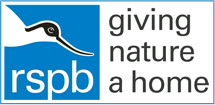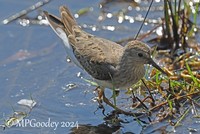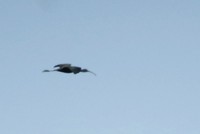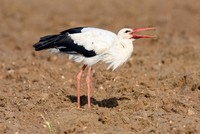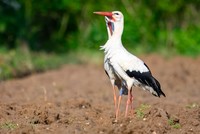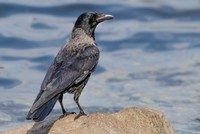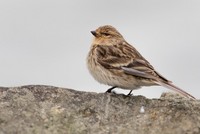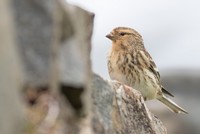First for Britain as Little Gull chicks hatch in Scotland
Two tiny chicks have made history this week when they hatched from their eggs on an RSPB Scotland nature reserve.

There was excitement last month when the world’s smallest species of gull was confirmed to be nesting in Scotland for the first time and Britain for only the sixth time, however, this has been eclipsed by the news that the eggs have successfully hatched, with at least two chicks being spotted.
This is the first record of Little Gull chicks hatching in Britain, so everyone will be on tenterhooks for the next few weeks before they are big enough to take their first flight. Not that the two youngsters will be aware of the weight of expectation on their shoulders.
It seems that their choice of nesting area at RSPB Scotland’s Loch of Strathbeg nature reserve may have helped so far. The pair has set up home on the tern nesting island which along with the protection provided by being an island, is inside a fence designed to keep out ground predators. Add to this 130 pairs of feisty common tern parents that share the island and work together to drive off any intruders that they see as a threat and the young gulls should be relatively safe.

Richard Humpidge, RSPB Scotland Sites Manager, said: “We were really excited to discover that the Little Gulls had successfully hatched. It wasn’t long ago that the island was home to just 10 pairs of common terns that struggled to raise any chicks. Four years, hundreds of hours of help from volunteers and 10 tons of shingle later, there’s more than 130 pairs of terns with lots of large tern chicks and now we’ve got two tiny Little Gull chicks as well – a first for Britain. We are really pleased!”
Little Gulls normally breed in northern Scandinavia, the Baltics, Russia and Siberia. Breeding adults have jet black heads with a small dark bill, short red legs and dark smoky grey underwings that are unmistakable when the birds are in flight.
The nest is tucked away at the back right corner of the island in dense vegetation, but the adults are regularly seen flying around. The visitor centre at Loch of Strathbeg is still closed for renovations, but visitors can get great views of the nesting island through the viewing screen next to the car park. For more information about how to get to the reserve visit rspb.org.uk/lochofstrathbeg or call 01346 532017.

To find an RSPB reserve near you and discover the amazing wildlife that makes its home there, visit www.rspb.org.uk/reserves
RSPB Scotland
06 Jul 2016


